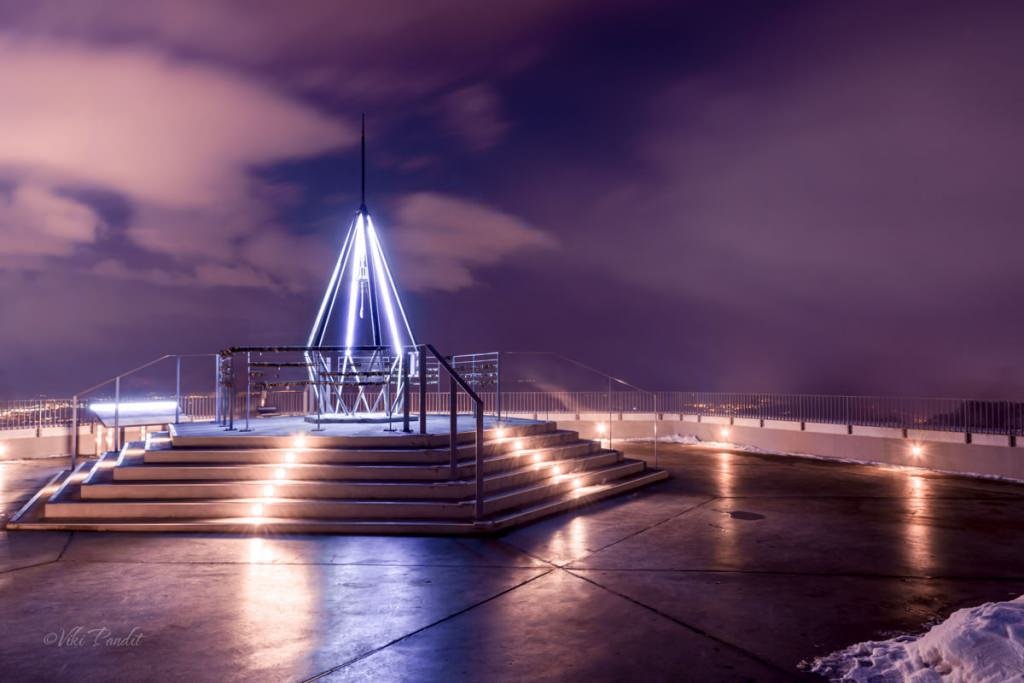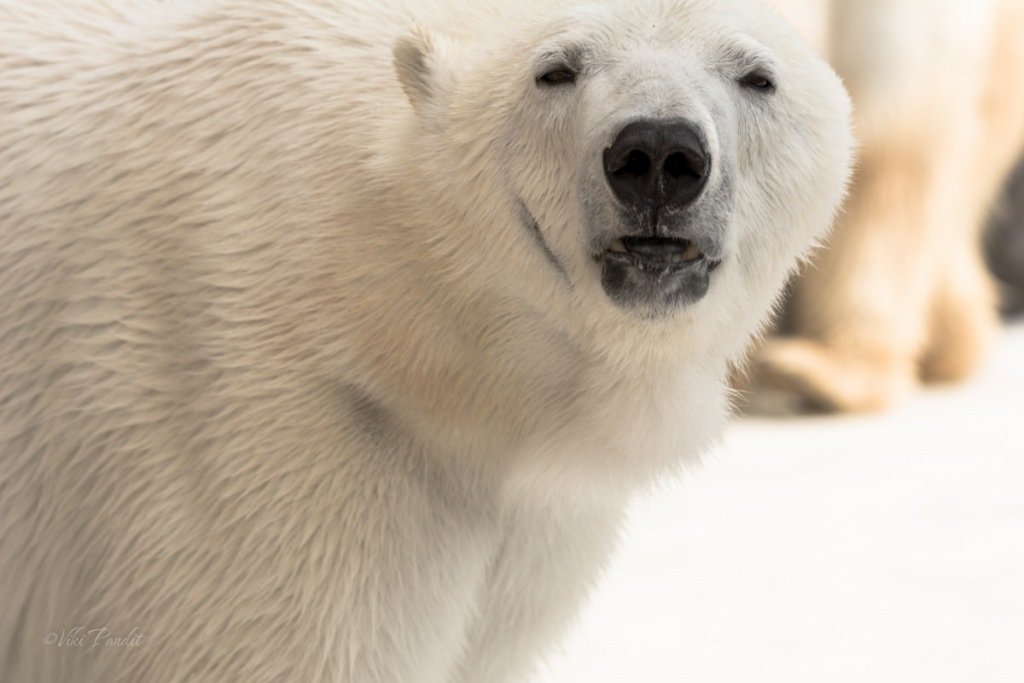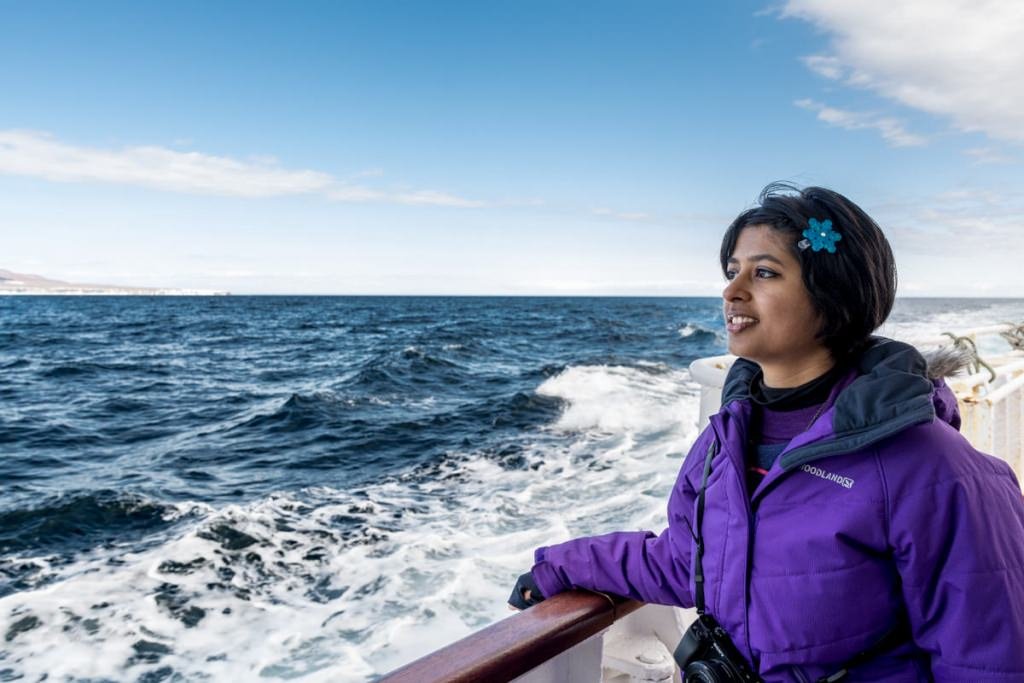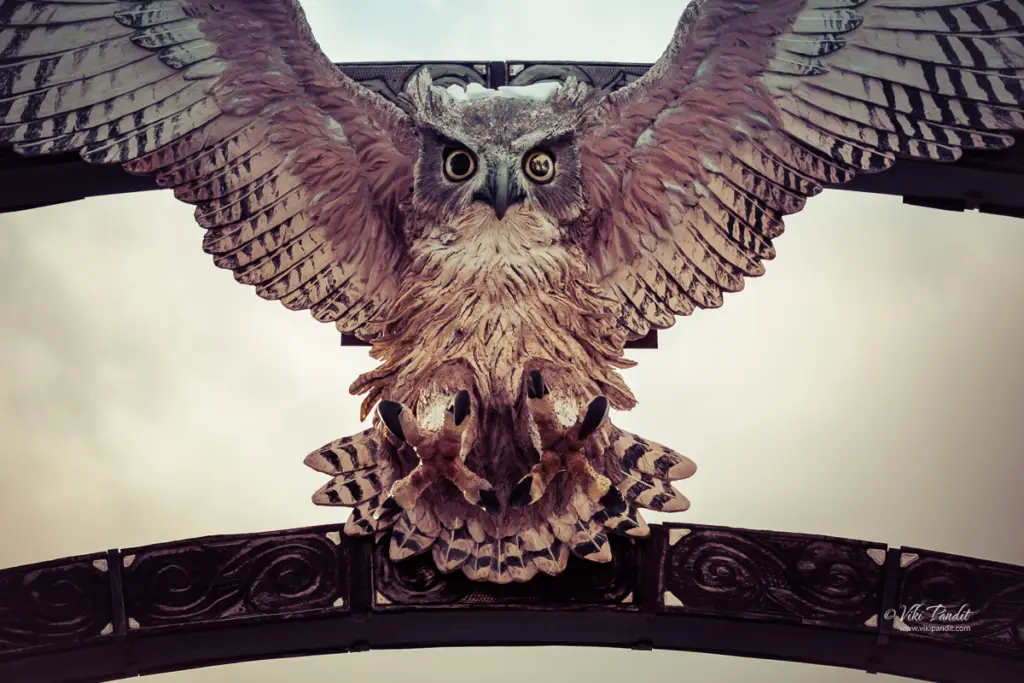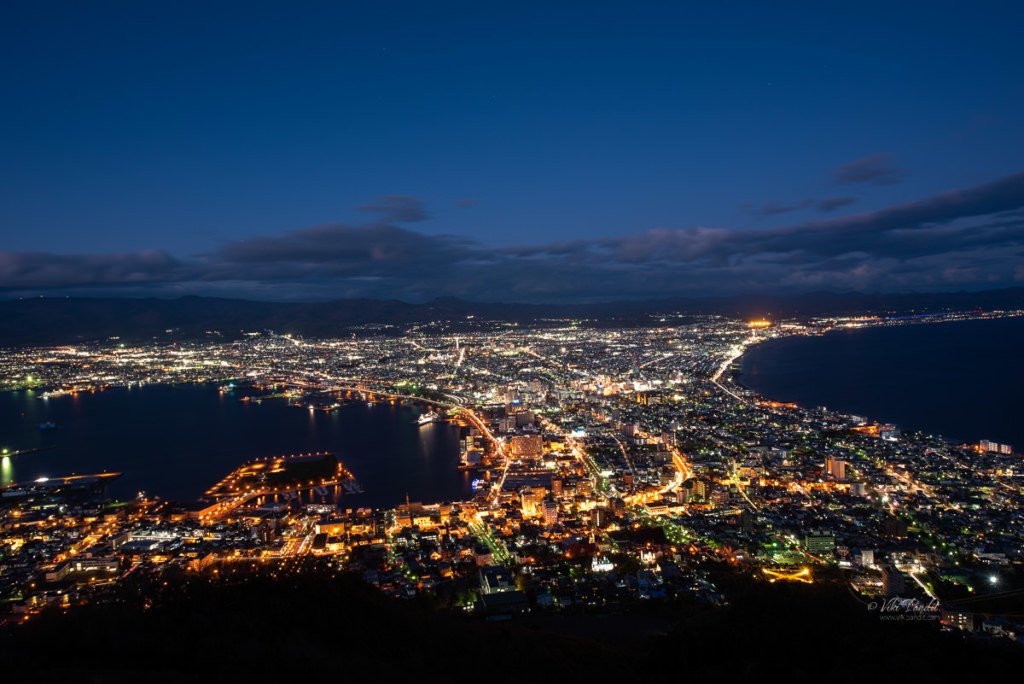

Night view from Mt. Hakodate
Once the sun descends behind the mountains, the city of Hakodate comes alive like a sea of glittering jewels. Hakodate-shi as it is known locally is the capital city of Oshima Sub-prefecture in Hokkaido. The view from Mt. Hakodate is acclaimed as one of the three best night-views in Japan.
